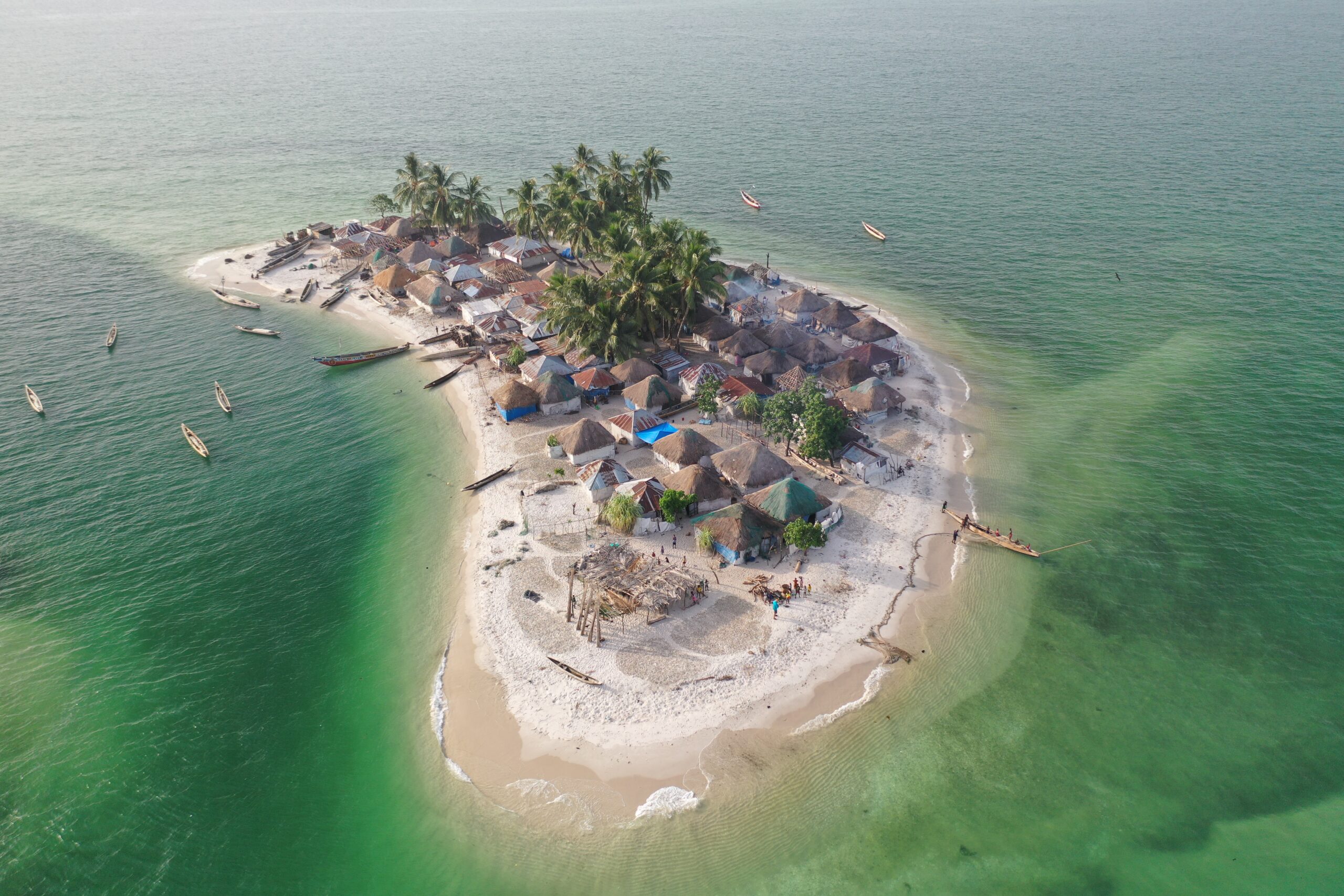ABOUT THE ISLAND
They have been told that they must leave.
They have been told it is no longer safe to remain in their homes.
The island is being eaten by the water.
Meanwhile… on the island… the sun is glaring off the white sand beaches, the waves are lapping calmly against the shore, the palm trees are chattering in the breeze, cockerels crow, sheep bleat, and the insects buzz in chorus.
Children are running along the sand, shouting and laughing, falling over, crying, getting up again and continuing to run. They plunge into the water to wash away the sand covering every inch of their bodies.
And then they throw themselves into the sand again.
The community hums with activity. You can smell the heat in the air, the ocean salt drying on skin and fish smoking over the fires…it might be paradise.
But they’ve been told that they must leave
What causes the island to disappear? Is it climate change? Rising sea levels? Was it always going to go this way?
What can the community do? Is there anything they can do? Will they stay in their homes, or will they have to go?

...time taken to travel by boat
The island is 50km off the coast of Sierra Leone, West Africa.
It takes around twenty fours to reach the island in a passenger boat from the mainland.
Beyond the archipelago there is nothing but the vast Atlantic Ocean
...year of the first appearance on a map
People are believed to have migrated to this region of West Africa centuries and centuries ago. The island, and wider archipelago, was first documented on a map in 1834.
...is the estimated number of people currently living on the island in around 70 homes.
The population has diminished to perhaps 5% of the number of inhabitants when the island was at its most populated.
It reduced from an estimated 600 in 2011, to an estimated 230 in 2022, mostly as fears of flooding increased.
...of land lost over the past decade
The vast majority of the islanders have moved their homes across the island at least once
The resident teacher has moved his home four times now
The land has reduced by approximately 65% over the last ten years, and began eroding long before then
THE WORK
The World that was the Island that was the World is a documentary universe, endeavouring the capture a record of a community of people living on an island that is gradually disappearing.
The project was initiated in 2012, and follows the community as it adapts to their changing surroundings, examines the environmental reasons that may be causing it, explores the psychology of the people who are determined to stay on the island, and considers the impact that these changes are having on individuals and on the community.
The Island is called Nyangai (sometimes spelt Nyankei or Nyangei) and is situated off the coast of Sierra Leone, West Africa.
The project includes oral testimony, series’ of photographs, documentary film, a forty episode podcast, and a book of photographs and essays.
THE CREW
Bex Kamara – Director & Producer
Unisa Kamara – Co-Producer
Abdul Brima – Co-Producer
Julien Kottukapally – Producer, Podcast
Nathan Hardisty – Editorial Advisor, Podcast
Kate E Williamson – Website Designer
Koo Bhangra & The UnLoved – Book Designer
Mary Lehner – Book Editor
Many other people have been crucial in the production of this work. We would like to give special thanks to:
Khalid Shamis, John Jencks, David Biandoma, Fid Thompson, Tom Sabbadini, Morrison Jusu, Charly Cox, Erika Perez Leon, Chloe Hardwick, David Wigram, James, Kevin, Peter Dale